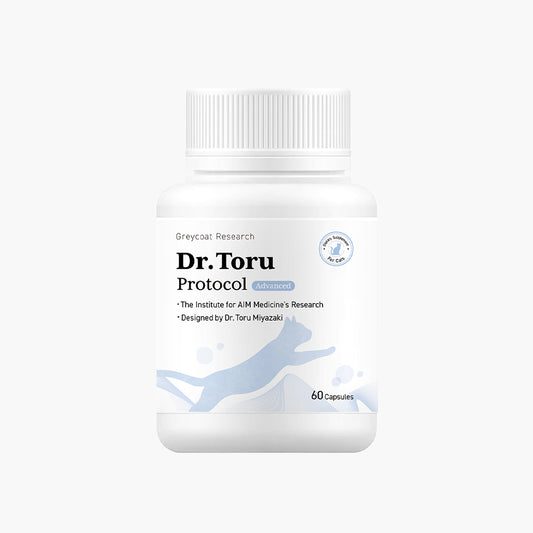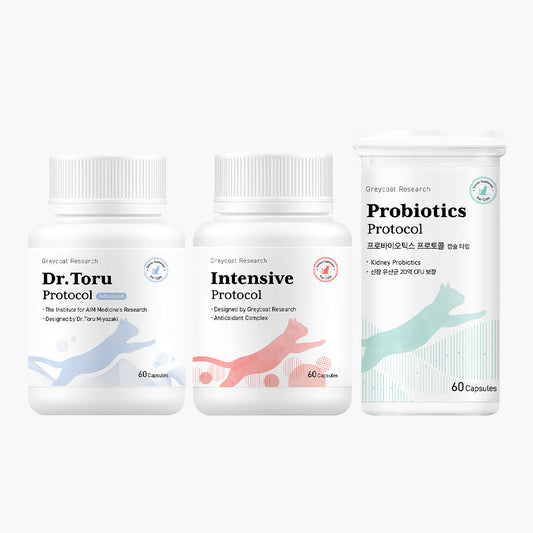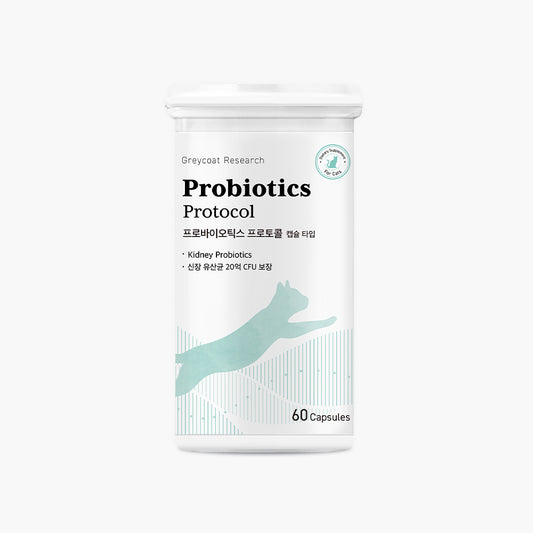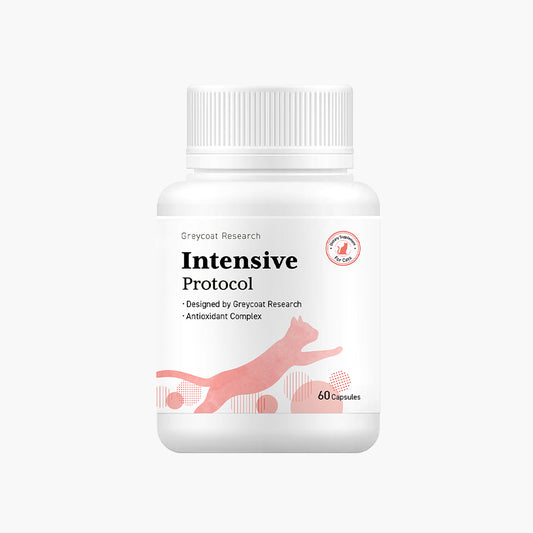
High-protein diets are critical for cats with kidney disease.
Chronic kidney disease in cats requires comprehensive and consistent management. Even with consistent treatment and diligent care, one critical factor is often underestimated: diet.
In cats with kidney disease, inappropriate food choices—such as high-protein meats, grain-free recipes, gluten-free options, and raw diets—can increase the kidney burden despite careful management. These foods may seem healthy on the surface, but they often lead to elevated creatinine, BUN, and phosphorus levels. For a cat whose kidneys are already struggling to filter waste, these dietary missteps can be the tipping point.
Greycoat Research: Kidney Disease Expertise Backed by Data
With over 1,000 consultation cases worldwide, Greycoat Research provides expert-backed guidance for cats with kidney disease, helping them maintain kidney health and manage disease progression through data-driven care.
Our team of veterinary experts includes:
- Dr. Toru Miyazaki, founder of the Institute for AIM Medicine and a world authority on AIM protein research.
- Dr. Kim Jae-young, a Korean veterinarian known for his care of Minky, Korea's longest-living cat at 28 years old.
- Dr. Motoo Kobayashi, a Japanese veterinarian with 30+ years of experience and the first to apply AIM theory to feline kidney care.
Their combined knowledge guides the development of the Dr. Toru Protocol and our approach to individualized feline kidney disease management.
Case Study: The Risk of Rabbit Meat in CKD Cats

A can of rabbit-based cat food.
Cat A had been living with kidney disease for years and was under consistent care. The owner followed a comprehensive care plan: AIM-based supplements (such as Greycoat Research's Dr. Toru Protocol), renal support supplements (such as Intensive Protocol and Probiotics Protocol), omega-3, regular veterinary oversight, and subcutaneous fluids. However, Cat A's diet included a substantial amount of rabbit meat. During the latter half of 2024, food intake declined from three pouches a day to just two, with rabbit and chicken fillet making up the rest of the meals.
Unfortunately, blood test results from November showed a noticeable rise in kidney indicators. Specifically, Cat A's creatinine level increased from 2.68 mg/dL in August 2024 to 3.09 mg/dL in November 2024 after an increase in rabbit meat consumption. Following the removal of rabbit meat and the introduction of a renal-specific diet, the creatinine level dropped to 2.94 mg/dL by January 2025. Similarly, BUN levels went up from 11.7 to 18.1 before dropping back down to 16.7. This shift strongly suggests that the dietary changes played a key role in stabilizing kidney function.
This case highlights an important reality: even the most meticulous supplement regimen can be offset by a protein-rich, phosphorus-heavy diet that overwhelms compromised kidneys.
Why Good Intentions Can Lead to Risky Choices
Rabbit-based foods are often labeled as natural, hypoallergenic, or gluten-free—buzzwords that suggest they are healthier, safer choices. For cat owners who want to provide the very best, these labels can be persuasive.
"However, these marketing terms don’t always align with the needs of cats with kidney disease. For example, grain-free or gluten-free foods are often high in protein and phosphorus. The absence of grains or gluten does not reduce protein or phosphorus levels, as these nutrients are often replaced by meat-based ingredients, which can overload the kidneys of cats with kidney disease."
It’s also easy to understand why an owner might choose high-protein or raw foods—these diets are often great for healthy cats and may have supported a cat’s vitality for years. That’s what makes this transition difficult: what was once a good choice can suddenly become a risk when kidney function declines.
The Risks of High-Protein Diets in Cats with Kidney Disease
High-protein diets, even when made with quality ingredients, can increase nitrogen waste and elevate BUN levels, placing added stress on already compromised kidneys. This is especially true when protein is not paired with phosphorus control, a key factor in slowing disease progression.
Many high-protein diets are also grain-free or marketed as 'natural' and 'clean,' which appeals to cat owners seeking optimal health. But for cats with kidney disease, these qualities do not guarantee safety. Moderation and formulation matter more than marketing—renal function requires precision, not just quality.
Additional Foods to Avoid
In addition to high-protein meats like rabbit, certain other foods should also be limited or avoided entirely for cats with kidney disease:
- Raw Diets: These can introduce excessive phosphorus and unbalanced nutrient levels.
- Large Fish Species (e.g., tuna, bonito): May accumulate heavy metals like mercury, which are difficult for compromised kidneys to process.
- High-sodium Commercial Treats: These can contribute to fluid retention and increased kidney stress.
Careful selection of food is essential to reduce renal workload and support long-term health.
Why Renal Diets Are Crucial

Renal foods such as Hill’s Prescription Diet k/d, Royal Canin Renal Special, Royal Canin Renal Select are good options for cats with kidney disease.
Renal diets are specially formulated to support cats with kidney disease by reducing the strain placed on their kidneys. These diets typically contain lower levels of protein, phosphorus, and sodium while providing essential nutrients to support overall health. Clinical studies consistently show that switching to a renal diet can help slow the progression of kidney disease and improve quality of life.
However, transitioning to a renal diet can be challenging. Cats with kidney disease often experience reduced appetites, and renal diets are generally less palatable than regular foods. As a result, many owners struggle to get their cats to accept renal diets—even when they understand its importance.
Tips for Transitioning to a Renal Diet
- Start by mixing renal food with a familiar diet in a 70:30 ratio
- Gradually increase the proportion of renal food over 1 to 2 weeks.
- If your cat is reluctant, use appetite stimulants or warm the food slightly to enhance aroma.
Get a Free Consultation Today!
Kidney disease is a progressive and irreversible condition that gradually impairs kidney function. Because many cats show no symptoms until significant damage has occurred, early detection and management is key to delaying its progression and preserving quality of life.
Greycoat Research has provided consultations for over 1,000 cats, with 97% of stage 2 and 3 cats showing improved kidney health after following our tailored management plans. If your cat has been diagnosed with kidney disease or has high creatinine levels, taking action now can lead to lasting improvements.
- Try AIM-based supplements, including Dr. Toru Protocol, along with additional kidney support.
- Monitor kidney health regularly and adjust treatment plans as needed.
- Schedule a free consultation with Greycoat Research for expert guidance.




